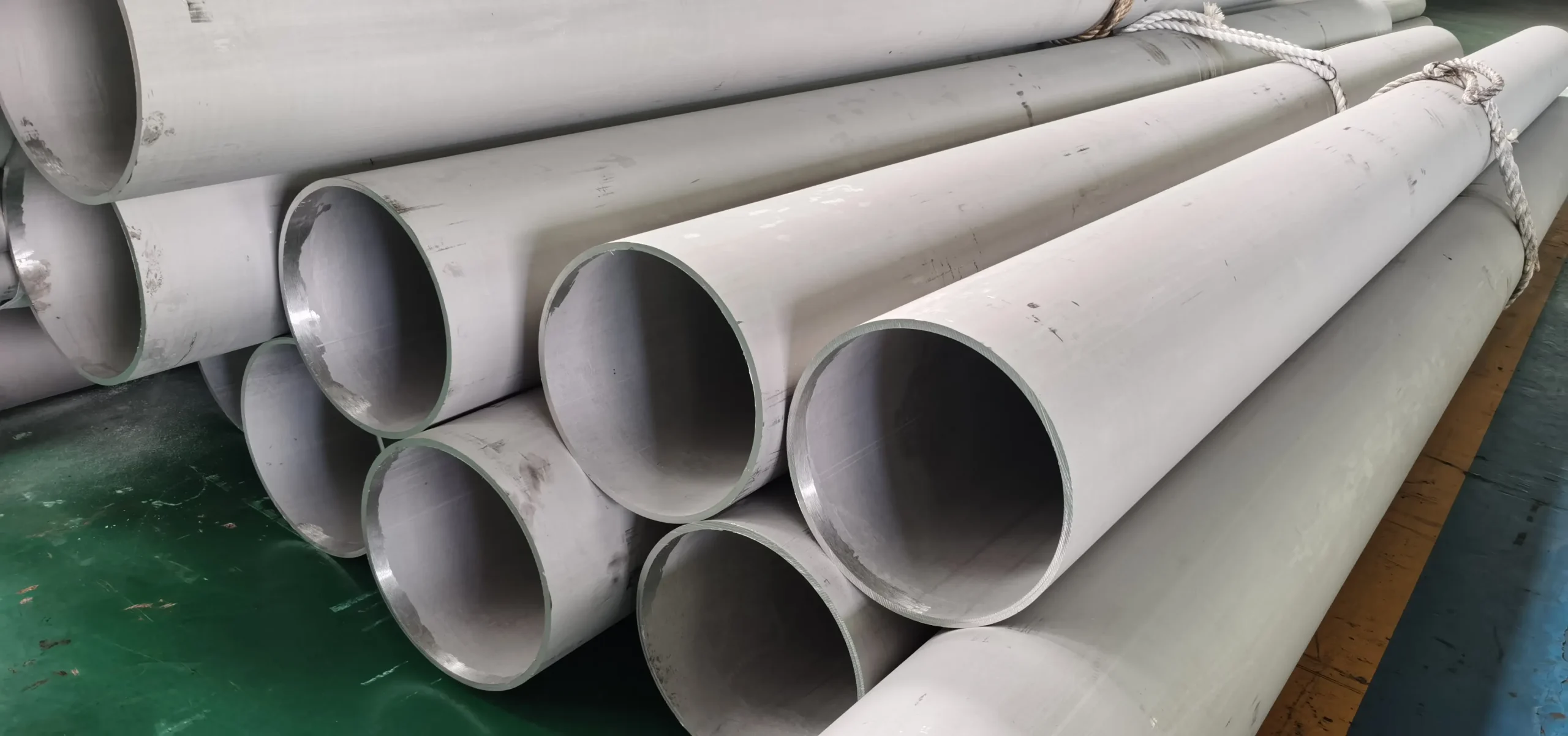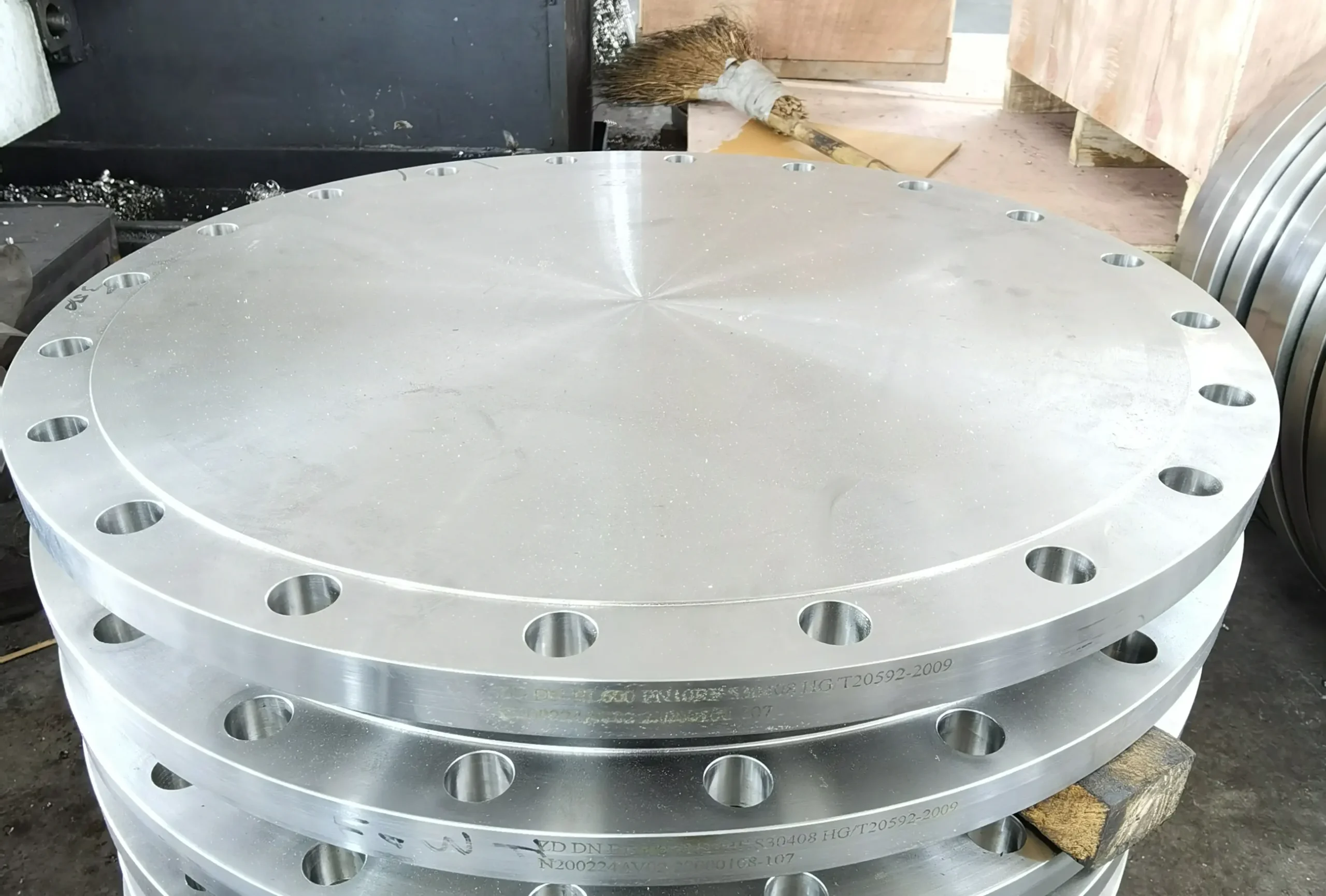Плита из нержавеющей стали это тяжелый и высокопрочный материал. Из него изготавливаются конструкции для многих промышленных применений, работающих в тяжелых условиях. Этот материал имеет решающее значение для производства сверхмощных фитинги из нержавеющей стали. Он также обеспечивает структурную целостность для больших трубы из нержавеющей стали. Высокая прочность и устойчивость к коррозии являются его определяющими характеристиками. Понимание различий между Сталь и нержавеющая сталь это первый шаг в выборе материала.
Что такое плита из нержавеющей стали
Плита из нержавеющей стали - это плоский металлический прокат. Его толщина обычно составляет 6 мм (0,25 дюйма) и более. Плиты обычно производятся с использованием Процесс горячей прокатки. Этот метод позволяет получить толстый и прочный материал. Плиты часто используются, когда требуется высокая структурная целостность. Они служат фундаментом в тяжелых конструкциях.
Что мы делаем
- Пластина
- Лист
- Поковки
- Круглый прут
- Фланец
- Трубы
- Арматура
- На заказ
Свяжитесь с нами для получения дополнительной информации
Преимущества листов из нержавеющей стали
Толщина этого листового материала наделяет его внушительной несущей способностью, что делает его идеальным выбором для поддержки тяжелых предметов.
Этот материал обладает антикоррозийными свойствами и устойчивостью к химическому разрушению, что обеспечивает длительный срок службы тяжелых компонентов и сводит к минимуму затраты на замену и обслуживание.
Пластины обычно легко свариваются различными методами. Это упрощает сборку крупных конструкций. Плиты из нержавеющей стали хорошо сочетаются с распространенными технологиями изготовления.
Листовой металл из нержавеющей стали легко режется, обрабатывается и формуется, что позволяет изготавливать сложные детали на заказ. Профессиональные фитинги для труб из нержавеющей стали обычно производятся именно таким образом.
Недостатки листов из нержавеющей стали
Толщина этого материала приводит к значительному увеличению веса, что повышает стоимость транспортировки и погрузочно-разгрузочных работ, а также может потребовать дополнительной поддержки конструкции.
Для резки и формовки толстых листов требуется специализированное оборудование, что увеличивает время производства. Для более эффективной работы требуется более мощное оборудование.
Пластины стоят дороже, чем тонкие листы или Лист из нержавеющей стали материал. Стоимость отражает объем используемого сплава. Более высокая стоимость оправдывается прочностью.
Толщина листа не позволяет выполнять тугие изгибы. Для сложной формовки требуется специальная оснастка. Это ограничивает гибкость конструкции в некоторых областях применения.
Степени, процессы и особенности
| Оценка | Ключевая особенность | Основное использование | Основной процесс | Ключевые элементы |
|---|---|---|---|---|
| 304 | Универсальные, распространенные | Резервуары, структурные опоры | Горячая прокатка | Cr, Ni |
| 316 | Устойчивость к хлоридам | Корпуса морских судов, морские платформы | Мо, Cr, Ni | |
| 2205 | Высокая прочность/коррозия | Оболочки сосудов под давлением | N, Cr, Mo | |
| 304L | Низкий уровень углерода | Сварная конструкция | Низкий уровень содержания C, Cr, Ni |
Виды отделки поверхности
| Отделка | Появление | Производство |
|---|---|---|
| No. 1 | Тусклый, грубый | Как горячекатаный |
| 2B | Гладкий, матовый | После холодной прокатки |
| BA | Яркий, светоотражающий | Специальный отжиг |
Плита из нержавеющей стали в сравнении с другими формами
| Форма | Толщина | Сила | Основное использование |
|---|---|---|---|
| Плита из нержавеющей стали | Толстый | Высокий | Структурные |
| Лист из нержавеющей стали | Тонкий | Средний | Эстетика |
| Круглый пруток из нержавеющей стали | Твердый | Экстрим | Обработка |
Применение в трубопроводных системах
Сверхпрочные фланцы: Глухие фланцы а также анкерные фланцы вырезаются из пластины. Они необходимы для соединения труб из нержавеющей стали большого диаметра. Толщина пластины обеспечивает герметичность при высоком давлении.
Сосуды и резервуары под давлением: Пластины прокатываются и свариваются для создания сосудов. Они надежно удерживают жидкости и газы под давлением. Это жизненно важное применение на химических заводах.
Сварные фитинги Заготовки: Более толстые фитинги из нержавеющей стали, такие как толстостенные редукторы, начинаются как лист. Затем материал обрабатывается и формуется. Это обеспечивает необходимую толщину стенок.
Изготовленные компоненты: Плита из нержавеющей стали используется для изготовления башмаков и опор для труб. Это предотвращает прямой контакт с другими металлами. Она защищает целостность Метрические трубы из нержавеющей стали линии.
Как Kaysuns обеспечивает качество листа из нержавеющей стали
Поддержание качества требует строгого контроля. Материал должен соответствовать таким стандартам, как ASTM A240. Визуальный контроль гарантирует идеальное качество поверхности. Химические испытания проверяют состав сплава.
Деградация и обслуживание
Толстая пластина противостоит быстрой коррозии. Однако длительное воздействие может привести к износу. Регулярный осмотр предотвращает проблемы. Ищите признаки Ржавчина фланца на прикрепленных компонентах. Правильный Послесварочная обработка после сварки пластин. Это исправляет любое снижение коррозионной стойкости. Сохранение защитного слоя пластины обеспечивает ее долговечность.
Связаться с нами
- RM901 No.22 Tangjiaqiao Road Wenzhou Китай
- +86 577 8551 1171
- [email protected]
- https://www.kaysuns.com/



